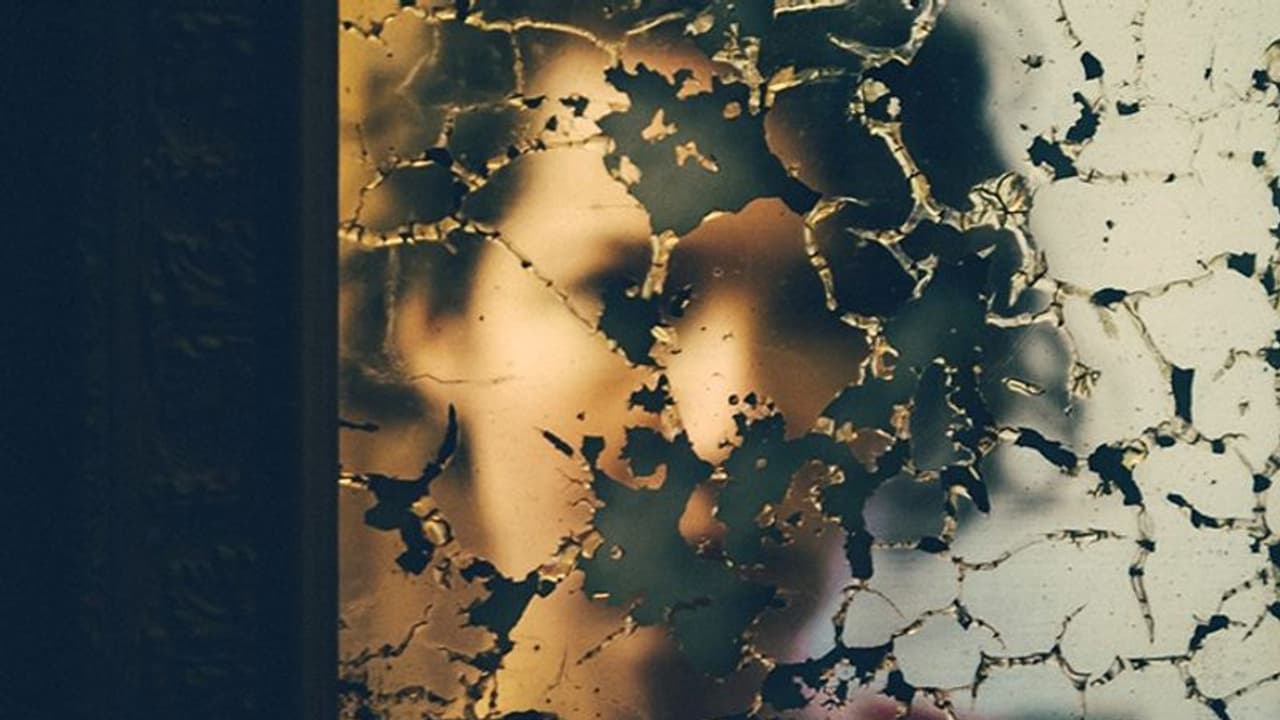We spoke to Dr. Krithishree Somanna, Consultant Psychiatrist, KMC Hospital, Mangalore who gave s some insides of “Seasonal Affective Disorder (SAD)” which needs attention.
It's typical to have some melancholy throughout the winter. We may feel stuck inside and want to be in bed as the day closes early but if it goes beyond this and affects our daily life, including how we feel and think, it’s called Seasonal depression or scientifically “Seasonal Affective Disorder (SAD)” which needs attention.

Seasonal affective disorder (SAD) is a type of depression that’s triggered by a change in seasons, usually when the Autumn season starts. It is thought that the lesser daylight and shorter days may cause neurochemical changes in the brain leading to symptoms of depression. ‘Melatonin’, a sleep-related neuro-hormone, is believed to have an etiological link to this condition. Melatonin is mostly produced in the pineal gland in the brain in response to darkness. This helps to maintain the circadian rhythm (24hr internal clock) and sleep timing. Changes in Melatonin levels in Seasonal Depression may disrupt the internal biological clock and, hence, the mood.
Also Read: Biryani most ordered dish in 2022, Samosa tops snack' list & Gulab Jamun as popular dessert: Report
In the 1980s, the term "seasonal affective disorder" (SAD) was first used. It is defined as a mood disorder where the episodes recur in a particular season and fully remit at a characteristic time of the year.
This is also termed:
● Seasonal depression
● Depressive disorder with seasonal pattern
● Winter Blues as it gets worse in the late fall or early winter before ending in the sunnier days of spring.
Another variant of SAD is:
Reverse SAD / Summer Sadness / Spring onset SAD as mood symptoms begin in late spring or early summer and end in fall. But this variant is less common.of SAD -
● Feeling sad or down most of the day nearly every day
● Apprehensiveness for minor triggers
● Feeling hopeless, worthless, or guilt
● Losing interest in activities you once enjoyed
● Social withdrawal and increased rejection sensitivity
● Having low energy and feeling sluggish
● Decreased ability to focus or concentrate
● Suicidal thoughts
● Carbohydrate craving and Weight gain
● Loss of libido
Also Read: Hush Hush: Tough questions that women are hesitant to ask their fertility consultant?
People with Summer Depression may have the following characteristic symptoms:
● Anxiety
● Agitation and restlessness
● Irritability and increased stress
● Decreased appetite and possible weight loss
● Difficulty initiating sleep
● Arms and legs that feel heavy
● At times soon after its remission it gets followed by an episode of mania or hypomania at a characteristic time of the year
Also Read: Hush Hush: Tough questions that women are hesitant to ask their fertility consultant?
SAD is believed to be a subtype of Major depressive disorder. However, a typical Depressive episode may occur during any time of the year but SAD occurs in a seasonal pattern as winter approaches and resolves by spring. And the same pattern is noted to repeat every year. The atypical symptoms like Anxiousness, Oversleeping, Overeating, and Craving for carbohydrate differs from typical depression. The severity of the symptoms differs from person to person.
Though the etiology of SAD is not certain, studies showed some risk factors, which include,
● It’s seen running in the family
● Young adults
● Women predominantly with a gender difference of 2:1 to 9:1
● Around 10 to 20 per cent of recurrent depression cases follow a seasonal pattern
● It’s also seen in bipolar disorder, especially bipolar II disorder.
● In Places far from the equator, like Northern Europe and North Atlantic, except Iceland, with a temperate climate, winter depression is more seen
● In tropical countries like India, Summer Depression is more prevalent.
● Serotonin dysregulation
● Melatonin imbalance
● Vitamin D deficiency
The treatment approach includes exposure to sunlight, light therapy, pharmacotherapy, psychotherapy, and additional lifestyle changes.
Sunlight exposure: Spending time outdoors or being exposed to sunlight near the window might help relieve the symptoms.
Light therapy: in case sunlight exposure is not helping then exposure to a special source of light through fluorescent lamps for a specific time period in a day on a regular basis is found to be therapeutic. Side effects generally include headache, eyestrain, and psychomotor agitation.
Pharmacotherapy: The antidepressant choice depends upon factors such as prior treatment history, the severity of illness, safety, tolerability, cost, and patient preference. These prescription medications help to correct the chemical imbalance in the brain. It is always ideal to follow the instructions of the Psychiatrists while taking these drugs.
Psychotherapy includes Cognitive behavioural therapy, interpersonal therapy, supportive therapy, and family-focused therapy
Lifestyle changes include a healthy balanced diet, maintaining Sleep hygiene, daily receiving natural sunlight, enhanced indoor lighting with regular lamps and fixtures, making home and working environment as bright as possible, avoiding stressful situations as possible, regular exercise, practising relaxation techniques, music and art therapy, talk to your family or friends about mood changes and seek help when it's needed.
